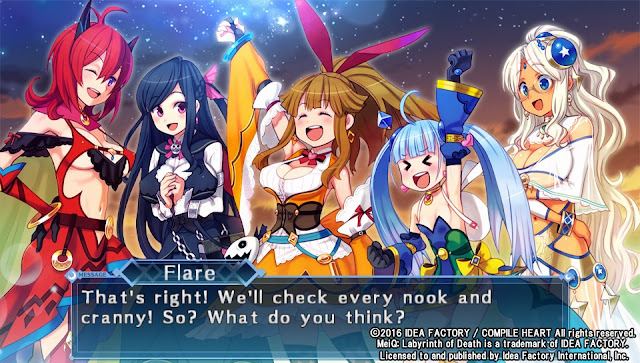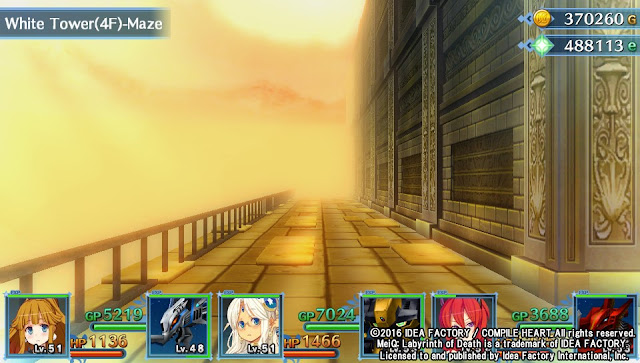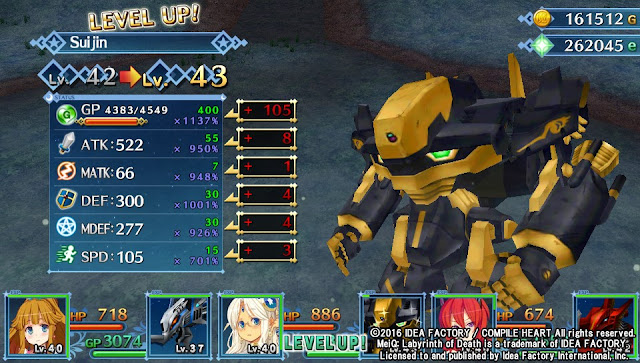Review by Clark A.
Dungeon crawlers have a reputation for being daunting, often unfair experiences. Based on MeiQ’s subtitle, you’d expect a game in the same vein as Etrian Odyssey; a punishing but rewarding roguelike loaded with thrilling randomness at every turn.
In actuality, MeiQ represents one of the cosiest, simplest approaches to a dungeon crawler around. We’re talking predetermined dungeon designs and possibly the lowest enemy encounter rate I’ve witnessed in any game, for starters. A roguelike this is not, but by using a remarkably similar setup and aesthetics, the developers had all the tools to concoct a fresh twist. As those games tend to be heavily influenced by elements beyond the player’s control and emphasise failure, a rare divergence from that formula for one fuelled by skill and legitimate exploration could be compelling if well-executed.
– Clark A.
Anime Editor












